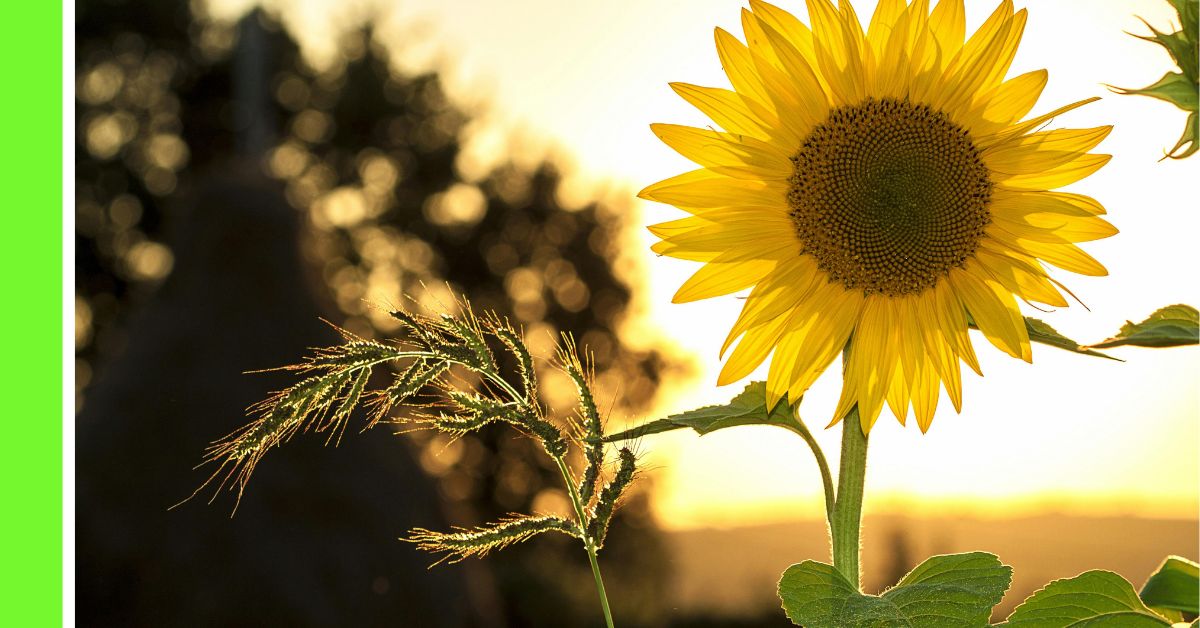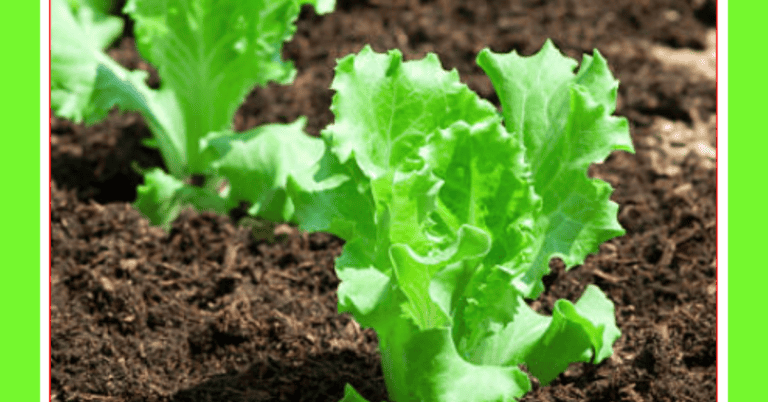How to Plant Sunflowers in Nigeria

Sunflowers, known for their vibrant yellow petals and tall, sun-loving stems, are both beautiful and beneficial.
In Nigeria, the sunflower (Helianthus annuus) is gaining popularity not only for ornamental purposes but also for its oil-rich seeds and soil-enhancing properties.
Whether you’re a backyard gardener or a small-scale farmer, growing Nigerian sunflowers can be a rewarding experience.
In this article, we’ll explore everything you need to know about planting sunflowers in Nigeria,
from selecting a location and preparing your land to harvesting the mature flowers and managing pests.
Description of Sunflower Plant
Sunflower is a tall, annual plant that can grow between 1.5 to 3 meters in height.
It has a strong, upright stem with large, rough leaves that are usually heart-shaped and arranged alternately.
The plant’s most recognisable feature is its large flower head, which is a collection of many tiny florets.
These florets mature into seeds rich in oil and protein, making sunflowers economically valuable.
The centre of the flower is typically brown or dark purple, surrounded by bright yellow petals.
The head of the sunflower often turns to face the sun, a trait called heliotropism, most noticeable during the early stages of growth.
Aside from its visual appeal, the sunflower also helps in attracting pollinators like bees, improving biodiversity in your garden or farm.
Planting Season for Nigerian Sunflower in Nigeria
In Nigeria, sunflower is a warm-season crop.
It thrives best in the dry season or during periods of low to moderate rainfall.
The ideal planting period is at the onset of the dry season, typically between October and February, depending on your location within Nigeria.
In the northern regions, planting can begin right after the rains subside, while in the southern regions, it’s best to wait for soil moisture levels to drop slightly before planting.
Sunflowers need full sunlight for at least 6 to 8 hours a day, and well-drained soil to avoid root rot.
A temperature between 20°C to 30°C is ideal for optimal germination and growth.
Planting Sunflower
Step 1 – Choose a Location
Select a sunny, open area where the plants can receive at least 6 to 8 hours of direct sunlight daily.
Avoid shaded locations or areas near tall trees and buildings, as sunflowers need abundant light to thrive and produce healthy seeds.
Also, ensure the spot has good air circulation to reduce humidity-related diseases.
Step 2 – Land Clearing and Preparation
Clear the land of weeds, grasses, and debris.
This minimises competition for nutrients and water.
Once cleared, plough or till the soil to a depth of 15 to 25 cm to loosen it and improve drainage.
Level the land to prevent waterlogging, which can lead to fungal infections.
If the soil is clayey or compacted, you can amend it with organic matter such as compost or aged manure to improve aeration and fertility.
Sunflowers prefer a slightly acidic to neutral pH (6.0 to 7.5).
Step 3 – Means of Propagation
Sunflowers are propagated exclusively by seeds.
Unlike some plants, they do not respond well to transplanting, so direct seeding is the most reliable method.
Ensure that you purchase high-quality, viable seeds from a reputable agro-dealer.
You can find sunflower seeds in agricultural markets or order them online from agro-input stores listed on Floratalk Hub.
Step 4 – How to Plant Sunflowers from Seed
- Spacing: For ornamental purposes, space seeds 30 to 45 cm apart. For oil production, use rows 60 to 75 cm apart, with plants spaced 20 to 30 cm within the row.
- Depth: Sow seeds about 2.5 cm (1 inch) deep into the soil.
- Seed rate: Approximately 2 to 3 kg of seed per hectare is sufficient for a well-spaced field.
Cover the seeds lightly with soil and water gently to initiate germination.
Seeds usually germinate within 7 to 10 days.
Step 5 – Watering
Water the sunflower bed immediately after planting.
During the germination and early growth stages, keep the soil moist but not waterlogged.
Once the plant establishes, sunflowers become relatively drought-tolerant.
However, consistent watering, especially during flowering and seed formation, will enhance growth and yield.
Water deeply once or twice a week, depending on weather conditions.
Avoid overhead watering to minimise the risk of fungal diseases.
Drip irrigation or watering at the base of the plant is more effective.
Step 6 – Apply Manure
Incorporating well-rotted manure or compost during land preparation can boost soil fertility. For additional nutrition, you may apply:
- NPK 15-15-15 fertiliser at 200–300 kg per hectare during the early growth stage.
- Apply urea or nitrogen-based fertilisers sparingly at the 4–6 leaf stage to encourage robust growth.
Always apply fertilisers during moist soil conditions and avoid over-fertilising, as excess nitrogen may result in more leaves and fewer flowers.
Maturity and Harvest
Sunflowers in Nigeria typically mature within 80 to 120 days after planting, depending on the variety.
The flowers begin to droop, and the back of the flower head turns yellow-brown when they are ready for harvest.
To harvest:
- Cut the heads with a sharp knife or sickle when the seeds are plump and the head begins to dry.
- Hang heads upside down in a well-ventilated, dry area to complete the drying process.
- Once dry, rub the heads gently to remove the seeds or use a seed thresher for large-scale production.
Harvested seeds can be used for oil extraction, snacks, bird feed, or replanting.
Pests and Diseases
Like any crop, sunflowers are susceptible to several pests and diseases.
Common Pests:
- Aphids: These small insects suck plant sap, causing stunted growth.
- Cutworms: These feed on seedlings, cutting them at the base.
- Sunflower beetles: These chew on leaves, affecting photosynthesis.
- Grasshoppers: Feed on foliage and flowers.
Common Diseases:
- Downy Mildew: A Fungal disease causing yellow spots and fuzzy growth under leaves.
- Rust: Leads to reddish-brown pustules on leaves.
- Powdery Mildew: White, powder-like coating on leaves and stems.
- Stem Rot: Caused by soil-borne fungi, leading to wilting and plant collapse.
Pest and Disease Control
To keep pests and diseases at bay, practice the following:
Cultural Controls:
- Practice crop rotation to prevent the buildup of pests and pathogens in the soil.
- Use resistant sunflower varieties when available.
- Ensure proper spacing and air circulation to reduce humidity and disease pressure.
- Remove and destroy infected plants promptly.
Organic Methods:
- Spray neem oil or soap solution to control aphids and soft-bodied insects.
- Use wood ash or diatomaceous earth around the base of plants to deter cutworms.
Chemical Methods:
- In severe infestations, use approved insecticides for insect control.
- Apply fungicides to treat fungal diseases.
Always follow recommended dosage and safety guidelines when using chemicals.
Avoid spraying during flowering to protect pollinators like bees.
Conclusion
Planting sunflowers is relatively easy and highly rewarding.
With its bright flowers, resilience, and economic value, it can serve both ornamental and commercial purposes.
By selecting a suitable location, preparing the land, using quality seeds, and following proper watering and pest control techniques,
you can enjoy a vibrant sunflower garden or a profitable harvest in a few months.
Whether you’re planting a small patch at home or cultivating for sunflower oil, the steps outlined above will guide you toward a healthy, flourishing crop.
Hope this article was helpful.






